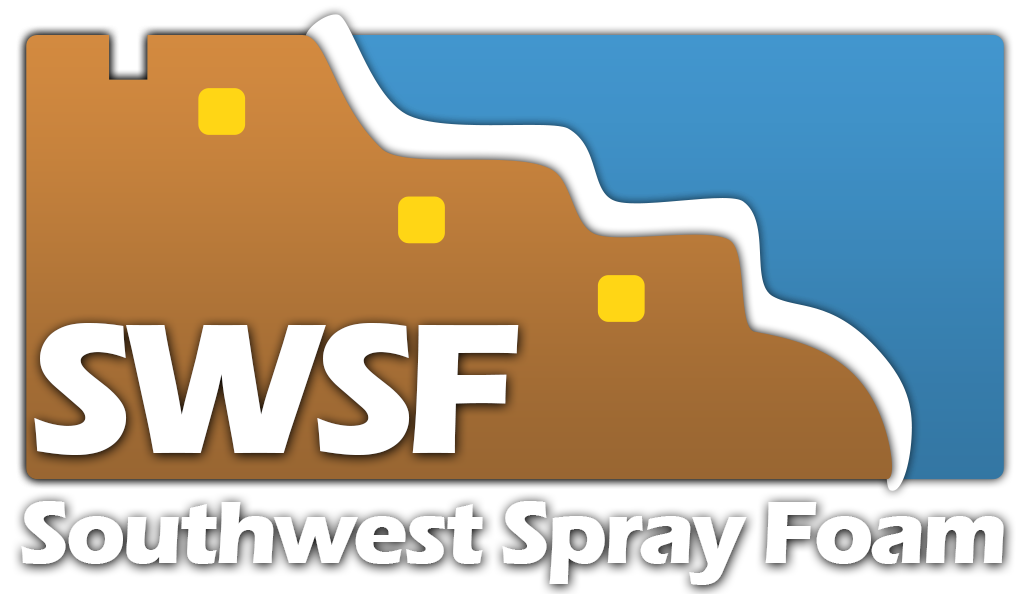Project Information & Background
Restoring a 100+ year old adobe home in historic down town Santa Fe is a challenge for any contractor. However, when the contractor is Steve Thomas, star of This Old House and other construction related TV shows, lack of knowledge and expertise would not be a factor. Steve had filmed an episode of This Old House in 1990’s, and fell in love with the charm and culture of down town Santa Fe.
In the summer of 2012 Steve and his family decided to create their own piece of Santa Fe by restoring an old adobe house of their own. Steve’s goal was to take a100 year old house, and upgrade it with the comfort of the 21st century. The original house was modified over the years so Steve was dealing with multiple building materials and structural designs. The walls were a combination of adobe blocks, frame walls and penitentiary blocks (ceramic blocks manufactured at a nearby prison in the 1940’s-50’s that are brittle and difficult to fasten to).
The house needed thermal protection, air sealing, as well as waterproofing upgrades to meet Santa Fe green code, as well as accommodate the modern heating and cooling system to be installed. Increasing the wall thickness to the interior would reduce square footage of the rooms in the house which was not acceptable. The ceiling height could not be lowered by adding insulation inside so that was not an option either. There was also historic preservation zoning restrictions for making modifications to the exterior of the house. Steve turned to Southwest Spray Foam, where Aaron Lewis and Matt Segura had over 42 years combined experience using closed cell spray foam on the exterior to insulate and water seal the adobe style homes of the Santa Fe area. In fact, Lewis had met Steve and was the spray foam applicator on the episode of This Old House in 1990. Adding closed cell spray foam to the exterior then covering it with stucco fit the historic style of the neighborhood and would solve the energy efficiency problem.
Together, Steve, Aaron, Matt and the NCFI technical team developed a plan to deal with the roof and walls. The existing roof system was a flat roof consisting of over 6 layers of built-up roofing. The typical roof assembly at the time in this region would utilize wood “vigas” or beams (rough cut 9”-12”) with small “latillas” (2”-4” small aspen or juniper braches) spanning the vigas and beams, with over 6” of left over dirt from the adobe making process. Next was layer after layer on built up tar roofing material.
Southwest Spray Foam first removed the existing roof covering, consisting of almost 16 tons of dirt, rocks and debris; over four dump truck loads. Once properly cleaned and repaired the roof deck was covered with NCFI 2.8 lb roofing spray foam, sloped to the scuppers to improve drainage while adding over R 45 to the roof insulations. After applying the roofing foam across the roof and up to the top of the parapet walls, SW Spray Foam switched to the NCFI closed cell insulation system. With the thick adobe walls cleaned and prepped, they applied a 11/2’ -3” layer of ccSPF adding R-10-R-20 to the existing walls. This formed a continuous ccSPF membrane from the grade level up to the parapet tying in with the roofing foam, encapsulating the entire exterior house envelope. The wall foam was then covered with a one inch layer of cementatious stucco and color coated to match the historic look of the neighborhood.
Once the exterior was completed, Steve decided to utilize spray foam to insulate the floor as well. A new concrete slab floor was planned so the team came up with an application plan. Prior to spraying the foam, small trenches were cut and radon mats were installed in order to exhaust any radon gasses that might permeate up from below. Then 2″ of foam was applied on the substrate, with the concrete poured over that to create a spray foam insulation package on all planes of the house.
Special Requirements
The site was extremely tight and masking was difficult due to nearby houses and narrow Santa Fe streets. A small Isuzu spray foam truck mounted rig was used to navigate the tight quarters. Removal of over 4 dump trucks of debris was needed to remove all previous roofing systems, including the original “dirt”, which was used for slope and insulation on 100+ year old homes.



